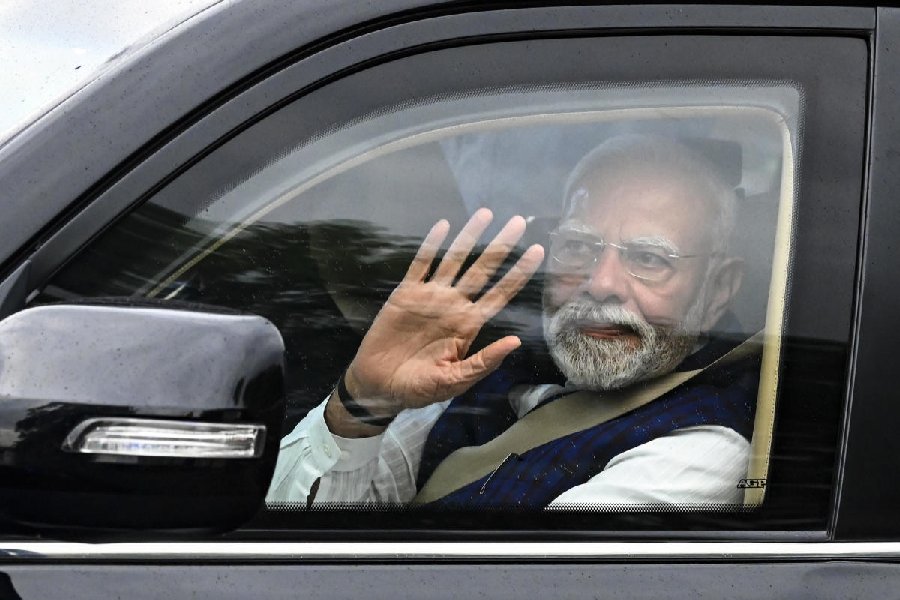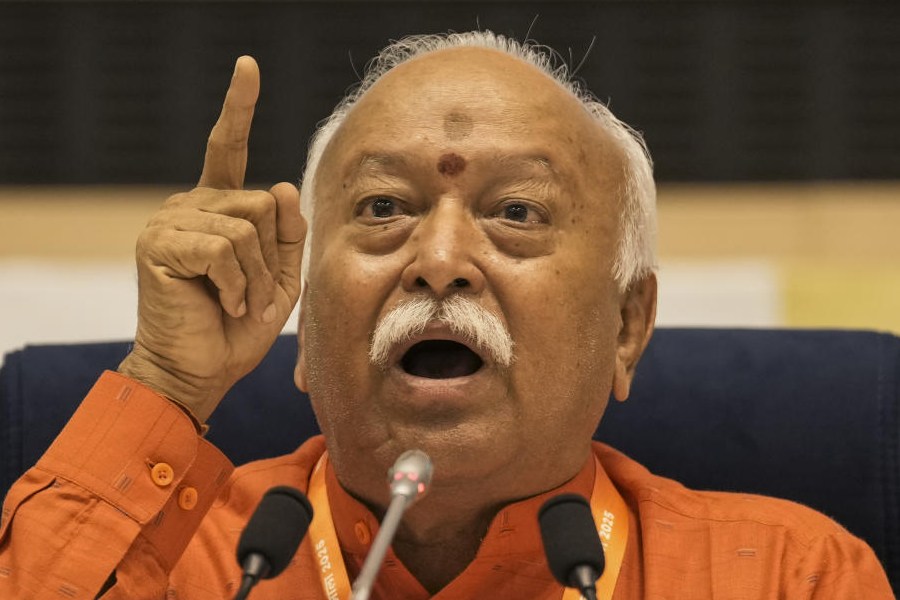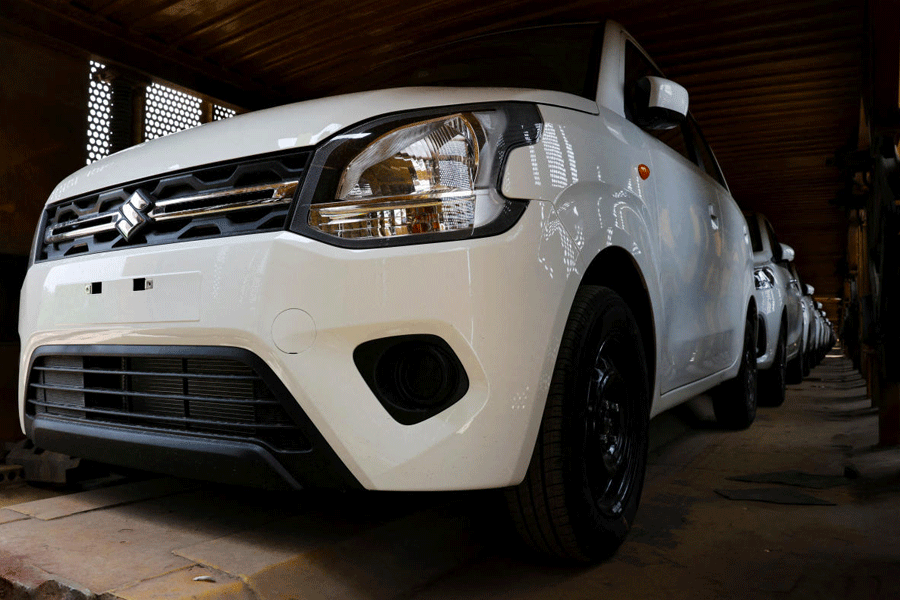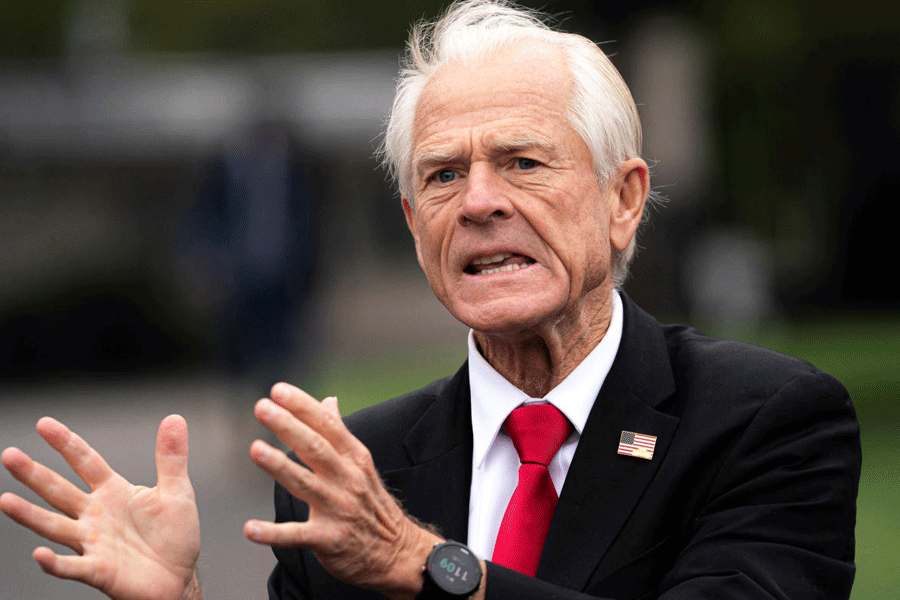 |
| Shuddh Desi Romance featured the lead couple in a live-in relationship and their confusion about marriage |
It’s more than a relief that after four years, 15 cities and 600 interviews, India in Love: Marriage and Sexuality in the 21st Century is done, dusted and published! But as any author will tell you, the real nerve-wracking stuff begins AFTER the book is out, once the words that you have incubated for four years are finally born (imagine being pregnant for four years... it feels something like that).
For me the publication of the book was — simply put — scary. I remember getting the first copy, fresh off the press, wrapped in plastic. My heart froze when I saw the book, because it was finally done, and it would be out, and people would read it. I knew people would judge me. A 20-something Indian girl writing on sex? I heard the comment from more than one family member, “Now she will never get married.” And perhaps what I feared most was my octogenarian grandfather’s reaction.
I spent hours that day sitting in a corner of a dark room, trying to garner the strength — I had spent long, hard hours, weeks, years on this. I had done sting operations, spent nights at brothels, fought with khap panchayats, married off people, travelled the country, and done much, much more. Was this really the time to be afraid? Absolutely not! Easier said than felt, though.
Finally, I stepped out of the room, the copy of my book, unwrapped and signed, in my hands, and presented it to my parents. This would be the first test. I hoped that they would think no less of me, maybe even be proud of me, for writing this difficult — maybe even dangerous — book.
And yes, the party did start soon after. I got hate letters from Hindu groups, I got threats from khap panchayats, I was afraid that my book would be taken off the shelves at one point. But as each day passed, I became stronger, and slowly, like a once-jilted lover, I began to embrace India in Love again. A book that I feel everything till now in my life has prepared me to and led me to write.
I do hope that as the days pass, this book will do what I intended it to do when I wrote it. I want people to read it and to understand that India is going through a major social revolution that will change many, many things in the days to come. The first step to be able to deal with it is to educate ourselves about the turbulent revolution that we are all going through.
Why I wrote the book
 |
Besides the fact that no book existed for the general reader on the sexual revolution taking place in the country today, there was a more personal reason. I wanted to try and chronicle the way in which the personal relationships of my friends and I were changing. After riding the free-for-all dating roller-coaster of the United States, I had moved back to New Delhi, five years ago, to live with my parents. One of the main reasons for my move was to organise my chaotic personal life. It had seemed to me that everyone that I knew in India was quickly finding suitable men, getting hitched and settling down.
I was in for a shock. The country I had grown up in, left, and had now returned to, felt intimately familiar but also completely unknown. I found myself living in a bizarre melange of traditional Indian culture where arranged marriage was expected but also where a Big Apple-style dating culture was the norm among the same people. So someone could be meeting prospective partners for marriage through the arranged marriage process, while dating and mating rampantly on the side.
I was intrigued to see how marriage continued to play a totemic role in the lives of so many of my peers — not just the to-be-wedded but their families as well. The furore and grandeur that accompanied the whole business of marriage in these times was baffling to me. Equally interesting was how romantic love was being redefined for an entire generation.
As I researched the book, I discovered that today India is at the first stage of a major social revolution. This was catalysed by the explosive economic changes of the past few decades that accelerated the slow cultural change that was already in the making. Now our country is entering uncharted territory.
Most notions related to love and marriage that were pertinent to our parents and their ancestors are changing. Arranged marriages are shattering, divorce rates soaring and new paradigms of sex and relationships — queer, open and live-in — are being tested and explored. New values are feverishly in the making, and we live in a state of molten confusion.
The revolution
The sexual and marriage revolutions are happening simultaneously; it is a circular process rather than the linear progression of the sexual and marriage revolutions that were seen in the West. In India’s revolution, the emancipation of women, the break-up of the family as the central economic unit, the redefinition of sexual mores, the shift from arranged marriage to love marriage is all happening at the very same time. This sort of change, happening at cyber speed, is bound to be turbulent.
As a result of technological, economic, political and legislative changes over the past decade, the choices, freedom and experiences of the present generation have been radically different from everything that has preceded them. Technology in particular has been a major game-changer. Cable television, Facebook, Twitter, YouTube, chatrooms, online porn and the like have teased the imagination of a young India, expanding her horizons and aspirations with the click of a button.
India already has the third-largest Internet user base — 100 million people — just behind China and the US. In the next three years the number of Internet users is expected to be in excess of 300 million. Economic development has aided the sexual revolution too, with consumerism being an integral part of it. With further industrial development, rural to urban migration, nuclearisation of families and the rising divorce rate, the proportion of single-member households is likely to increase steadily along the lines of the West.
In a reflection of the times, the break-up of marriages is an inevitable part of the social revolution. And while up until now the preferred ideal relationship for young men and women has been marriage, this is changing too. Live-in relationships, open marriages, hook-ups, serial marriages and other permutations and combinations that may not even be strictly legal are being experimented with, and it is safe to say that a decade or so from today, the relationship map of urban India will look very different from the one we see now.
Like a shy but eager newly-wed bride, the country is slowly shedding her chastity belt. The one certitude I discovered in the course of writing this book was that this upheaval is not temporary. We are never going back to the India of our past. The sexual revolution has begun, it is gaining pace, and nothing can stop it.
India in Love: Marriage and Sexuality in the 21st Century (Rs 595), published by Aleph Book Company, will be launched at Oxford Bookstore by the author at 6.30pm today










